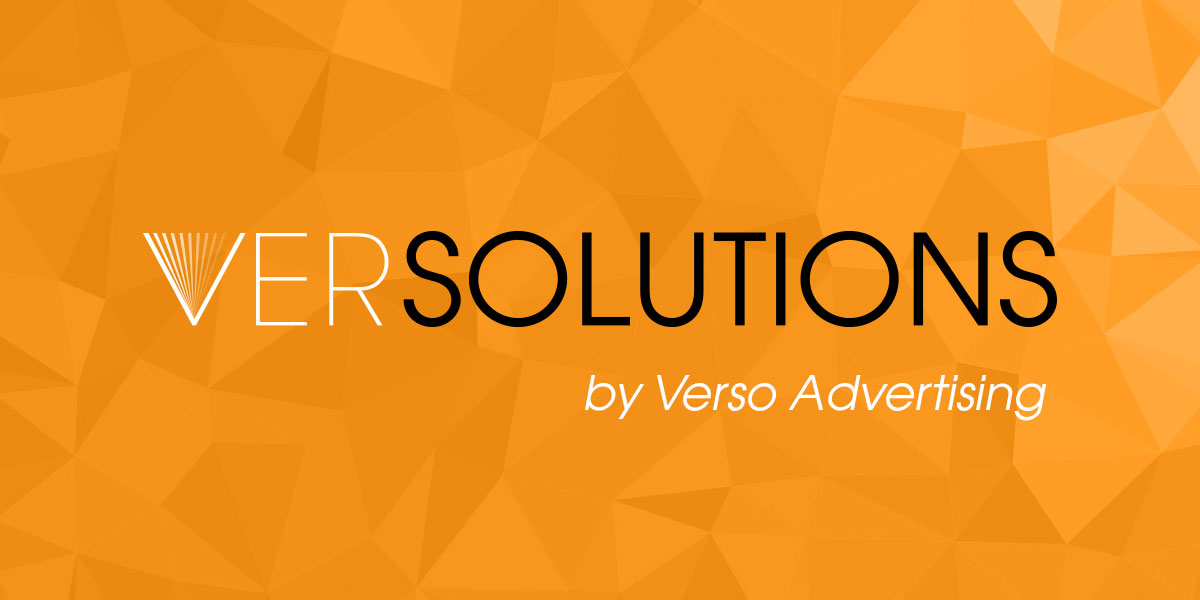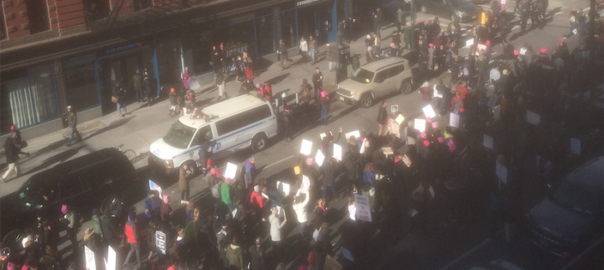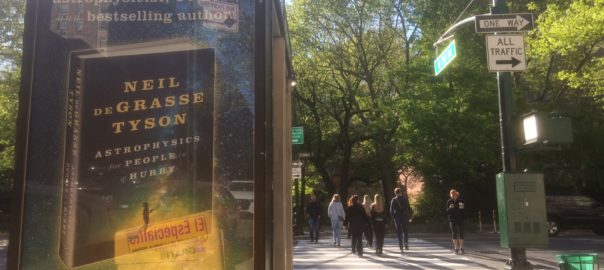
You’ve got books.
We’ve got you covered.
|

|

“The micro-media app says it bought billboard space everywhere from Nice airport to the Palais.”
“We’re trying to move away from Facebook as fast as we can.”
“Around 11 percent of internet users were running an ad blocker.”
“If you ‘follow the money,’ Auletta writes, you’ll understand the importance of advertising and the significance of the threats against it, and maybe value it more, or at least disdain it less.” High praise indeed!
“Facebook allowed housing advertisers to block users from seeing their ads if those users had a black, Latino or Asian-American ‘affinity.’”

Big and bigger:
“Snapchat said it added 9 million daily users in the fourth quarter, its largest growth spurt since going public last year.”
and …
What role would you like in the new e-commerce play?
“Snapchat is selling merch inside a digital store in its app, a new e-commerce play that could hint at more stores to come.”
The man who has reached a deal to buy the L.A. Times wants to revive print through the use of interactive technology.
What will your ad do?
READ ABOUT IT IN THE BOSTON GLOBE
Time to consult the elite for inspiration and caveats. Here are the best, worst and weirdest ads …
from the brains at NPR.org
from the show people at Variety
and from the business folks at Fast Company
A very serious and relevant article to do with marketing.

Beware of the “Yellow Icon” that indicates a “de-monetized” video.
“In November, Mars Inc., Adidas and Deutsche Bank all said they would halt advertising on YouTube [due to their ads appearing against truly reprehensible content.]”
Addressing this has its costs. “For every YouTuber who hit it big and now makes money selling books, make-up or TV shows, there are dozens more creators who eke out a living advertisement by advertisement.”
Creators are at the mercy of algorithms (and, soon, 10,000 more humans) as advertisers insist on greater assurances of controversy-free content.
Depending on your campaign scale and content, you might want to consider what kinds of properties to include on your blacklist. The dangers are not limited to YouTube.
Retargeting, privacy, and more in Marketing Land’s predictions.
“The US has essentially opened the floodgates on user data.”
An opportunity for community book stores, and a loss for many who have no access to one.
“These streets look as if an overpowering recession had hit, but the unemployment rate in Wisconsin fell this year to a 17-year low. Mequon is especially affluent: Its household income is double the national average. This is Amazon Prime territory.”
As above with retail, so below with advertising. Amazon is challenging Google and Facebook by diversifying its offerings
Currently it has only about 2% of the market against their combined 70% but it also has your wish list. “Amazon showed some willingness to share more user data than Google and Facebook have traditionally — if the advertising budget was big enough.”

5 REASONS FOR OPTIMISM
About the book business, from Marcus Dohle.
WALL STREET JOURNAL SEEKS WOMEN
New ad campaign targets ambitious GenZers and Millennials, especially women. “Those generations have a huge desire to make stuff happen.”
WHERE DO I CLICK?
Instagram changes its CTA palette to reflect dominant color of the content. A good idea?
BILLBOARDS THAT TELL A STORY
That is, they really have a lot of text. Not for drivers, obviously. Could be great for excerpts though, and reasonably priced.

LinkedIn debuts “Native Video” to increase engagement.
“We are getting a wide range of people from tugboat operators to rock blasters and landscape architects,” Davies continues. “So, we have to think about how video will be most useful for those people.”
Lights, camera …
Have a little literature with your commute, thanks to the same concept that brings you Coca Cola and Fritos in waiting areas – vending machines. It’s happening in France and San Francisco.
How much for an O. Henry?
http://www.atlasobscura.com/places/short-story-vending-machine
It seems teens have other places to be:
Which is why CNN is going on Snapchat:
https://www.cnbc.com/2017/08/22/cnn-launches-daily-news-show-on-snapchat.html
Which doesn’t mean Facebook doesn’t still rule the world:
https://www.newyorker.com/magazine/2017/09/04/the-fake-news-fallacy
https://www.nytimes.com/2017/08/23/business/hashtag-anniversary-twitter.html?mcubz=1

The Standard Advertising Units are meeting new standards, as the IAB releases its new portfolio of Flexible Ad Units, including Virtual Reality, Augmented Reality, and other formats, spanning the latest in social media, mobile video (vertical! 360-degree!) and even emoji.
The biggest change is from fixed pixel sizes to aspect ratios. This may not be a big deal this week, but like the transition from Flash to HTML5 it will be changing our lives very soon.
MediaRadar says more native is being purchased while programmatic spending is down.
This is partly due to brand safety concerns but performance plays in, our own experience suggests.
Print continues to descend – but readers gonna read. It’s not dead yet, especially among the kinds of readers who buy hardcovers.
A fuller look at ad spends this quarter HERE
Giving the people what they didn’t know they wanted.
“It requires a lot of tracking resources, which is not an easy thing to do, but success on the web is not easy either.”
Help them to be watched still more.
Takeaways: Know what your audience knows and use that to tell a story they’ll relate to. (Bonus: spend lots of money.)
Application: Utilize comps, fonts, art, and language to build familiarity, and if possible subvert the viewer’s expectations in a rewarding (amusing) way.

Influencer marketing has become more widespread, with more than 200,000 such posts a month just on Facebook Inc.’s Instagram … “We don’t want to be in the business of tricking consumers.”
Bloomberg on labeling influencer posts that are, effectively, advertising.
This week we’ve seen a pleasant example of how a dominant physical presence – in this case a subway domination at the storied West 4th Street Subway Station – can lead to a huge social media presence – in this case a retweet by Stephen King to his millions of devoted followers.
Win for Winslow!
“Two Goliaths and Not a Slingshot in Sight.” An insightful overview of digital advertising: Google, Facebook, and [that other stuff] from The Wall Street Journal.

Brooklyn Northside Festival on Facebook ads, branding, and the tao of GIF. It’s worth it for a FASCINATING SPOCK GIF alone, but also thought-provoking as we explore the possibilities of GIFs vs HTML5 in the post-Flash universe.
And the advertising of the ending. It’s a book!
Logically, if Apple and Google will be incorporating more ad blocking features, the supply will be limited and the cost will rise. Verizon / Yahoo / AOL “bullish.”
“Meeker predicts that in 2017, spending on internet advertising will surpass spending on TV advertising for the first time.”

The next job to be obsoleted by technology will be the copywriter, says Mark Duffy of Digiday. Your ninja can’t stop this!
Pinning down just what “native” means can be tricky. But we at Verso have seen concrete results in native units using images that suggest non-advertising content.
“Imagine if the advertising-supported ecosystem went away,” she said.
Linda Yaccarino, head of advertising sales for NBCUniversal, on what is needed to compete with Google, Facebook, Twitter, Amazon, in an era of declining ad revenue.
Identify the “real audience” . . .
After a year of Facebook Live, the New York Times sees fewer views but more comments.